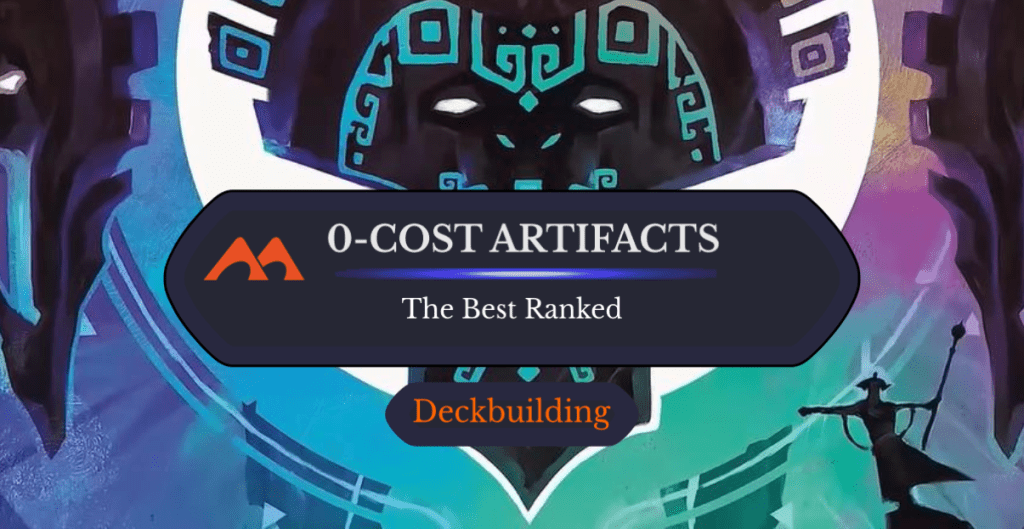
Mana Crypt | Illustration by Dominik Mayer
0-cost artifacts have a long legacy of being among the strongest cards in the game, often finding themselves on the banned lists of many formats. Free spells often straddle the line between broken and ineffective.
Even outside some of the most broken cards in Magic, free spells—especially artifacts—have a lot of value as combo and engine pieces, especially when they draw cards or produce mana. But which of them are the strongest? Let’s find out!
What Are 0-Cost Artifacts in MTG?

Bone Saw | Illustration by Kev Walker
These are artifact spells that cost 0 mana to cast. As free spells, they don’t always have a massive impact on the game, apart from some potent design mistakes, often cantripping or making a bit of mana on the side.
They’ve often been best utilized in decks seeking to combo off or generate small value for free. Cards that don’t cost mana don’t always have the biggest impact on the game but careful deckbuilding allows players to leverage these cheap spells. Look at the work Mishra's Bauble does in enabling delirium for Dragon's Rage Channeler in Modern!
#30. Spellbook

There’s a strong argument to make for Spellbook not being a card given its nearly nonexistent impact on the game. But it has its uses, specifically alongside cards like Jhoira, Weatherlight Captain that generate oodles of card advantage so long as there’s plenty of 0-cost artifacts to go around.
#29. Accorder’s Shield + Cathar’s Shield
You need a specific build to make Accorder's Shield and Cathar's Shield into solid spells, beginning with something like Sram, Senior Edificer, who likes casting equipment. They’re also strong in various flavors of Doran, the Siege Tower decks that make it into +3/+3 instead of +0/+3.
#28. Bone Saw
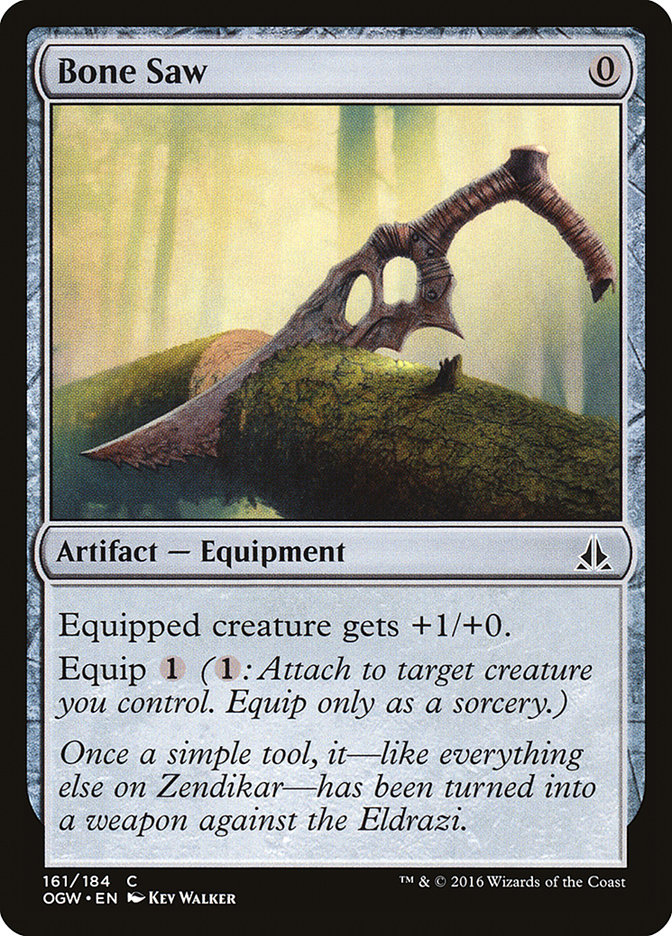
Bone Saw is a lovely flavorful design, showing off how desperate the Zendikarie were to take up arms against the Eldrazi and how ineffective it proved. It’s at its best in decks that care about a quantity of equipment, like Kellan, the Fae-Blooded.
#27. Gustha’s Scepter
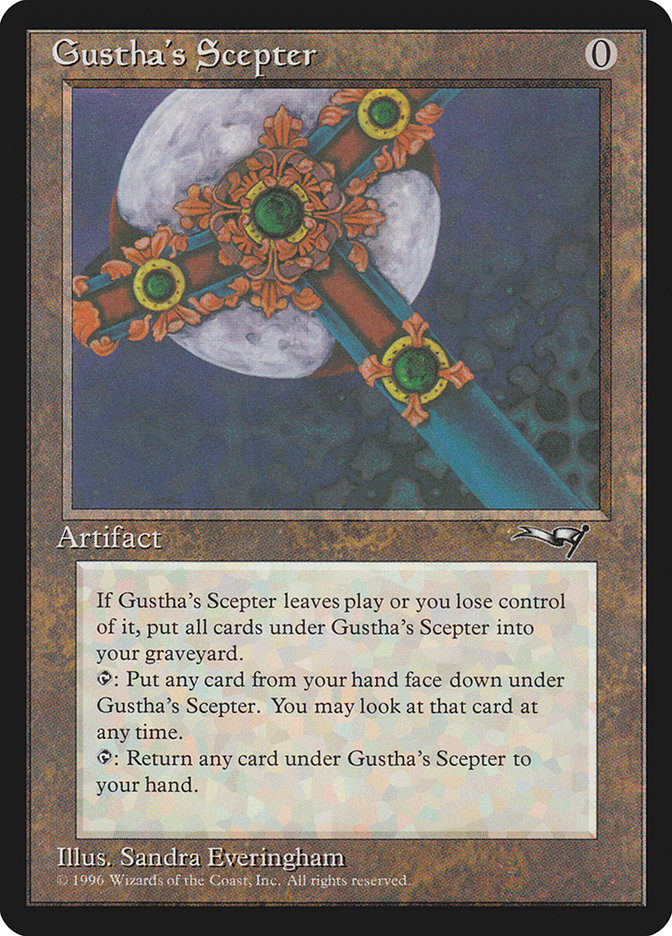
Gustha's Scepter is a quirky one, veering on nonsensical. There are two use cases: If you can sacrifice it, the Scepter could be a slow but colorless and free way to fill your graveyard. It’s also interesting hand manipulation alongside cards like The Biblioplex and Triskaidekaphile.
#26. Darksteel Relic
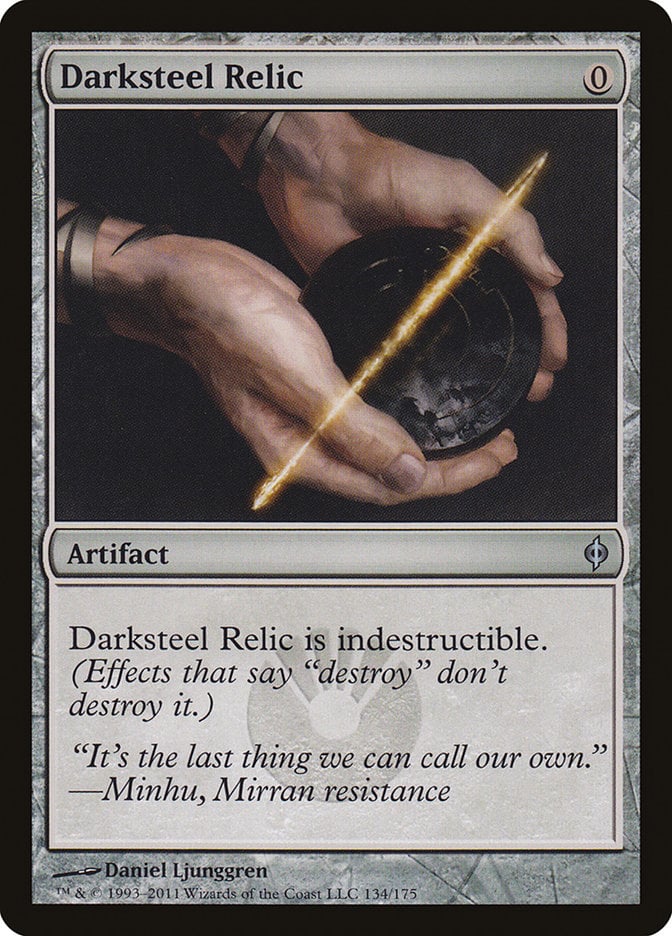
Darksteel Relic does nothing, but there’s no reason we can’t turn that into a valuable effect. The best way to use this card is by making it into a creature. Ensoul Artifact, Animating Faerie’s adventure, Dance of the Manse, and Zoetic Glyph are just a few of the options at our disposal to weaponize this relic.
#25. Dark Sphere
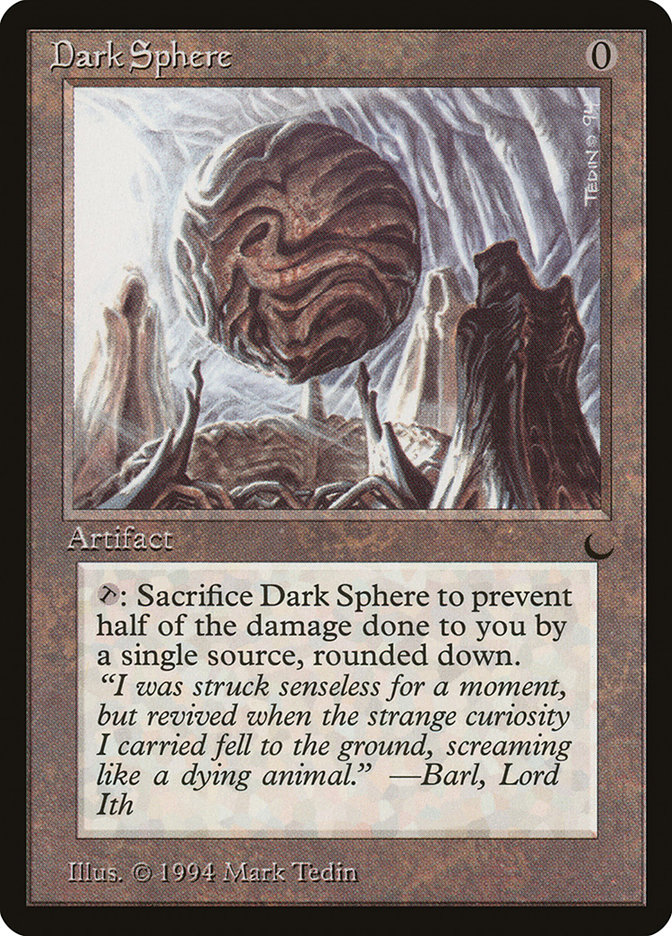
The trick behind Dark Sphere is a meta call. It’s great against that friend who insists every game of Commander should be closed out by Crackle with Power and is somehow right.
#24. Phyrexian Walker

You need to be playing something desperate for a creature to attack for Phyrexian Walker to be a useful play, such as Yuriko, the Tiger's Shadow. When that condition is met, this becomes a piece of your critical mass of early plays.
#23. Fountain of Youth
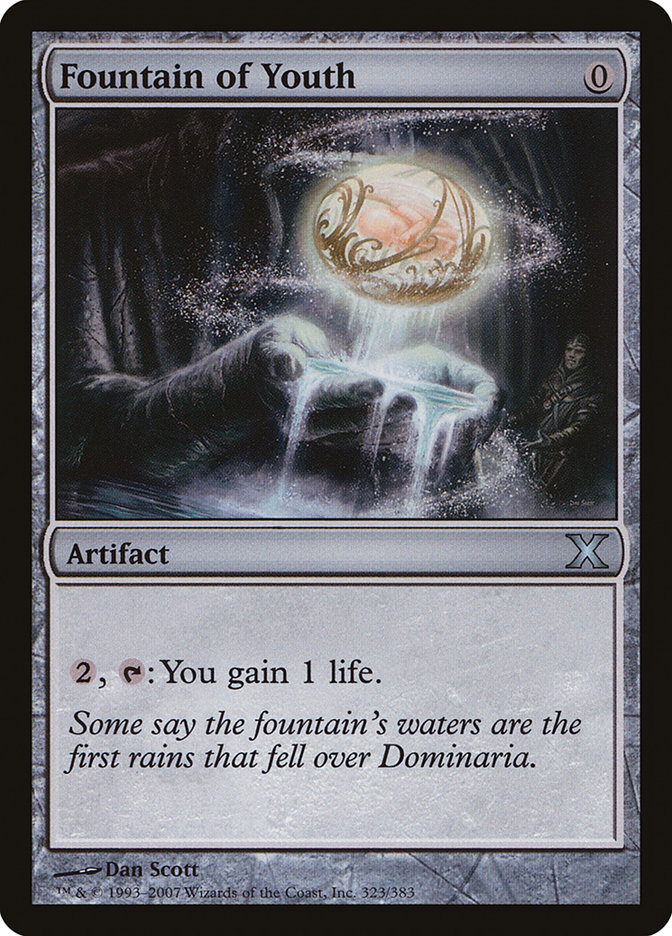
Paying mana to gain life isn’t high on the list of good things you can spend your mana on, but some decks can leverage it. Fountain of Youth could be used in very grindy decks that want to trigger cards like Drogskol Reaver or flavorful Jodah, Archmage Eternal lists.
#22. Claws of Gix
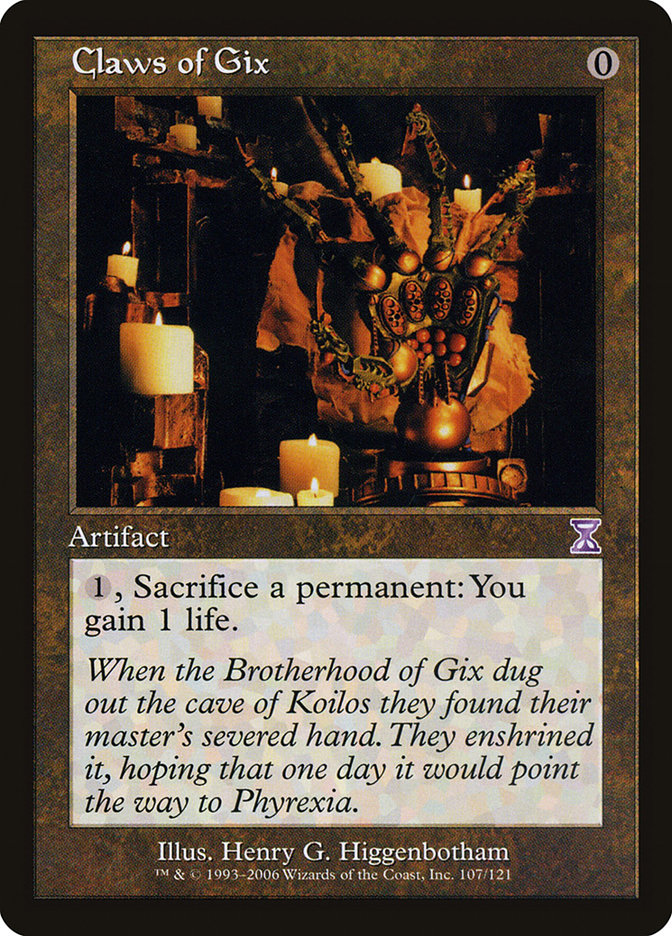
Claws of Gix still translates mana to life, but as a sacrifice outlet that gets any permanent. Instant-speed, near-free sacrifice outlets are always worth considering. It’s especially interesting as a colorless card, which could provide a sacrifice outlet for unique decks trying to do aristocratic things without Rakdos .
#21. Lodestone Bauble
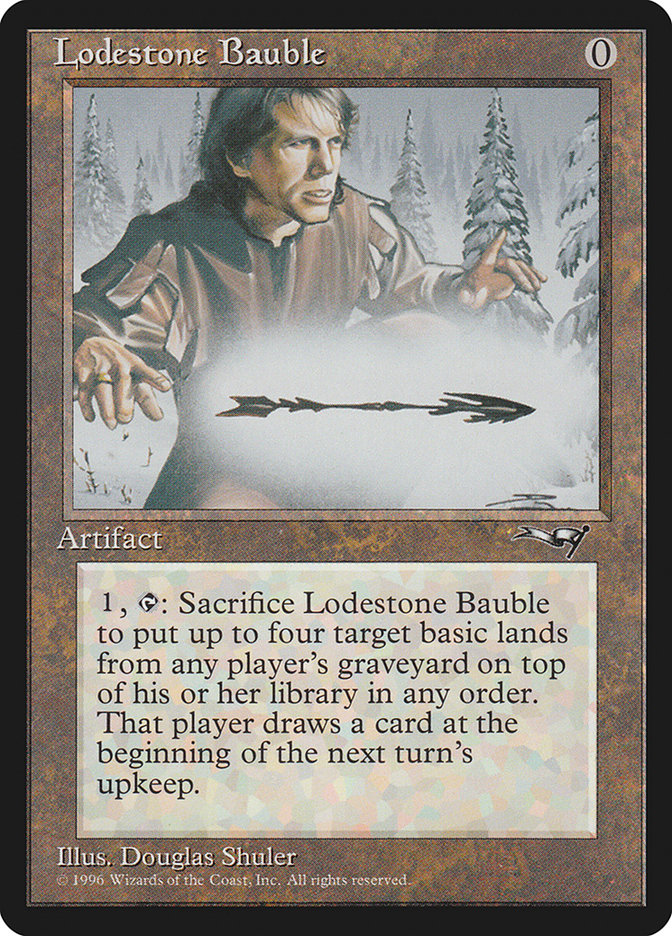
Lodestone Bauble says “draw a card,” so it can only be so bad. Which is very nearly true in this case. It’s an artifact, it cycles, and it sacrifices itself, which isn’t as bad a combination as it sounds. The basic land ability can help you hit land drops or even work as extremely circumstantial graveyard hate.
#20. Memnite

Memnite can be useful in aggressive decks looking to take advantage of having tons of artifacts. It's a good equipment target for Cranial Plating and Bonesplitter and can be powerful alongside cards like Arcbound Ravager and Patchwork Automaton that grow alongside other artifacts.
#19. Urza’s Bauble
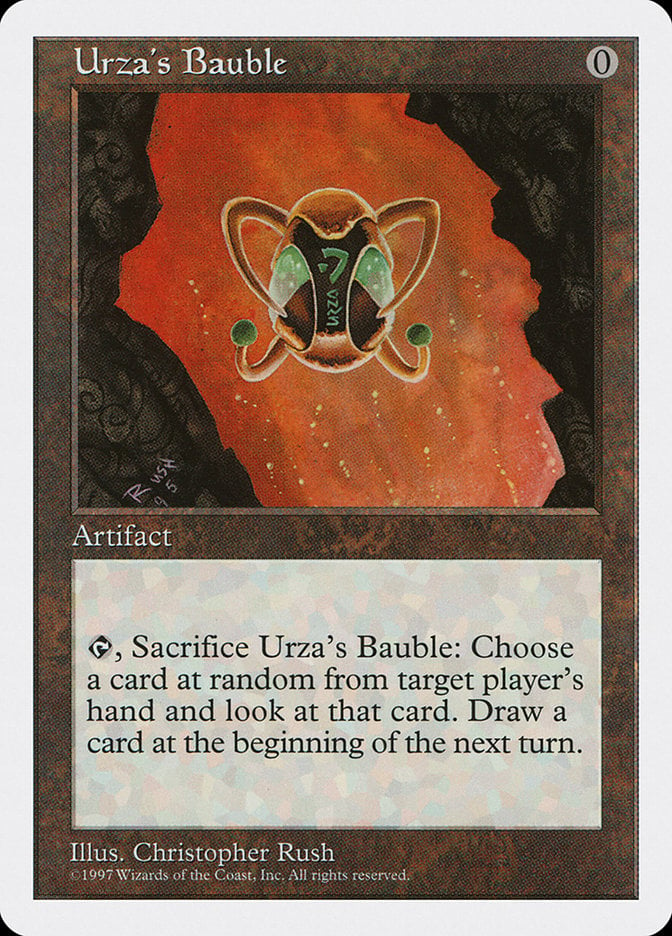
Every copy of Urza's Bauble effectively reduces the card count in your library by one since it cantrips for free. The information gleaned from a peak at your opponent’s hand can be useful, especially if you happen to see a piece of interaction worth playing around or a spell that demands you hold up a counterspell.
#18. Zuran Orb
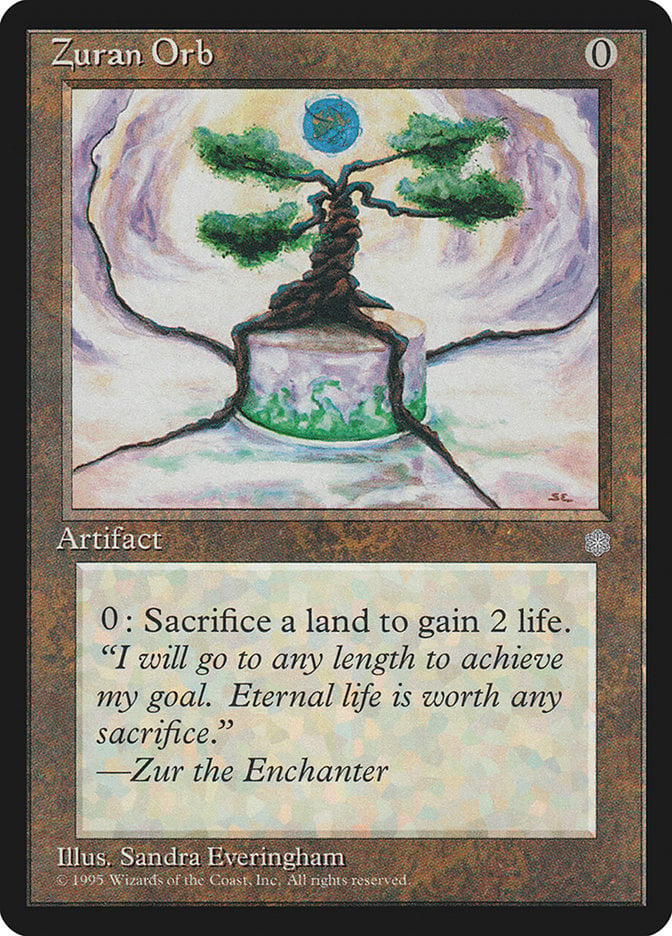
Zuran Orb has tons of uses that have little to do with the life, but rather the ability to sacrifice your lands. It can generate infinite mana (and life) in concert with Fastbond and a Crucible of Worlds effect. It’s fantastic alongside The Gitrog Monster and Titania, Protector of Argoth and can set up a powerful swing with cards like Splendid Reclamation or World Shaper.
#17. Ornithopter
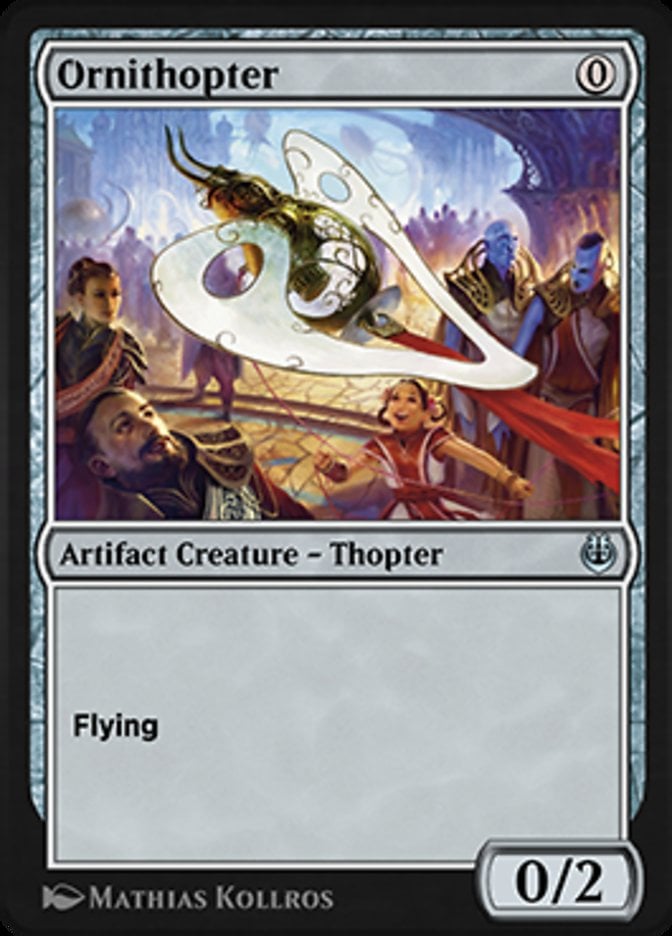
Of all the 0-cost artifact creatures, Orinthopter is the best, primarily thanks to flying. It’s far more effective in Hammertime lists hurling Colossus Hammers around and carries Cranial Plating better, slips through more board states for ninjas, and so on.
#16. Tormod’s Crypt
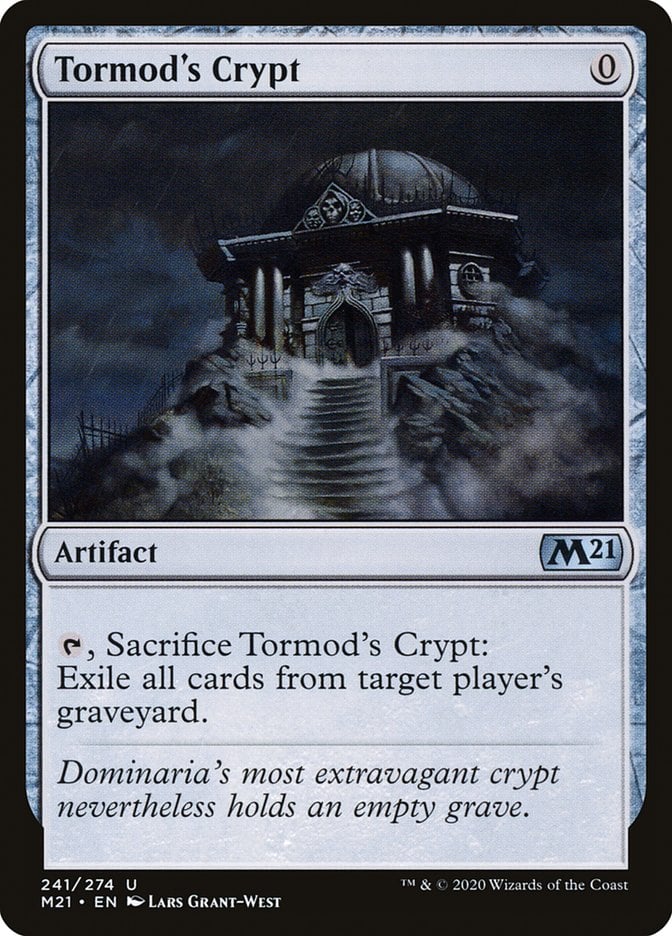
Often seen gracing sideboards, Tormod's Crypt is a useful bit of graveyard interaction that doesn’t cost anything. Not costing anything is great—there’s a reason decks play Leyline of the Void. This card isn’t quite as all-encompassing. You need some knowledge about how the opposing deck is using their graveyard, so you know when to crack this.
#15. Everflowing Chalice
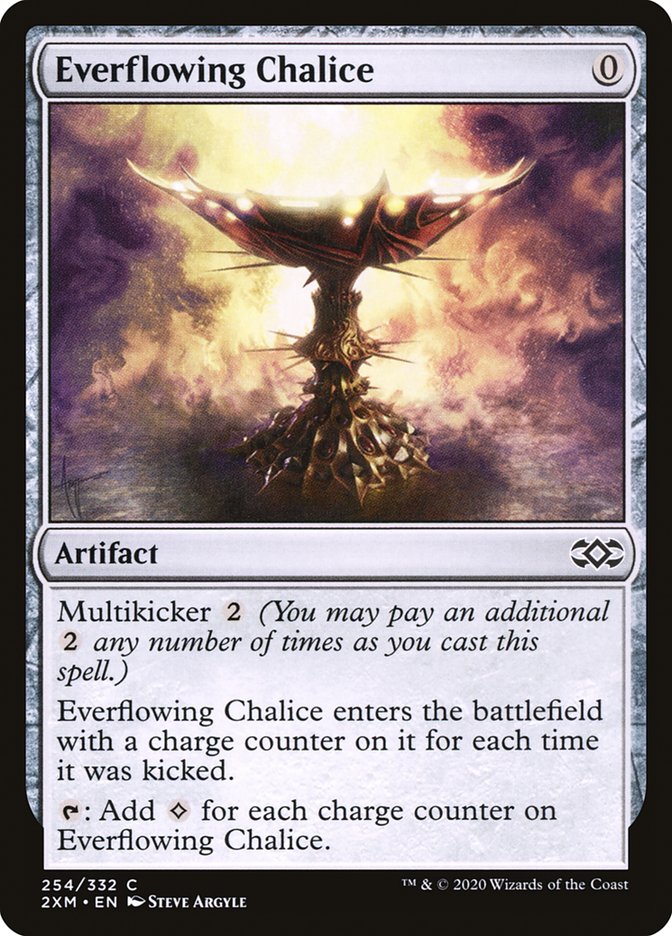
Everflowing Chalice requires a mana investment, but there are plenty of times you don’t mind playing this for zero counters. If you control something like Meria, Scholar of Antiquity or Bolas's Citadel, there’s plenty of value to putting another rectangle in play. And a flexible mana rock is a pretty cool card!
#14. Jeweled Amulet
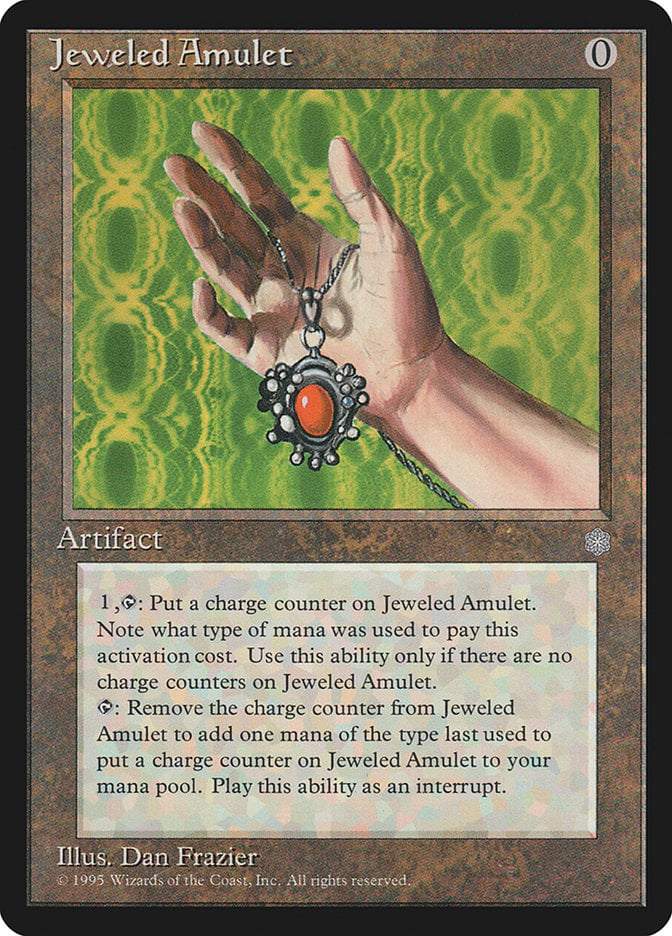
Jeweled Amulet provides an interesting source of mana storage. You can throw a spare mana into it to use later, rather like a cheap alternative to Coalition Relic. Proliferate decks can get value from this by proliferating the charge counter, effectively turning this into a 1-cost mana rock with little additional effort.
#13. Welding Jar
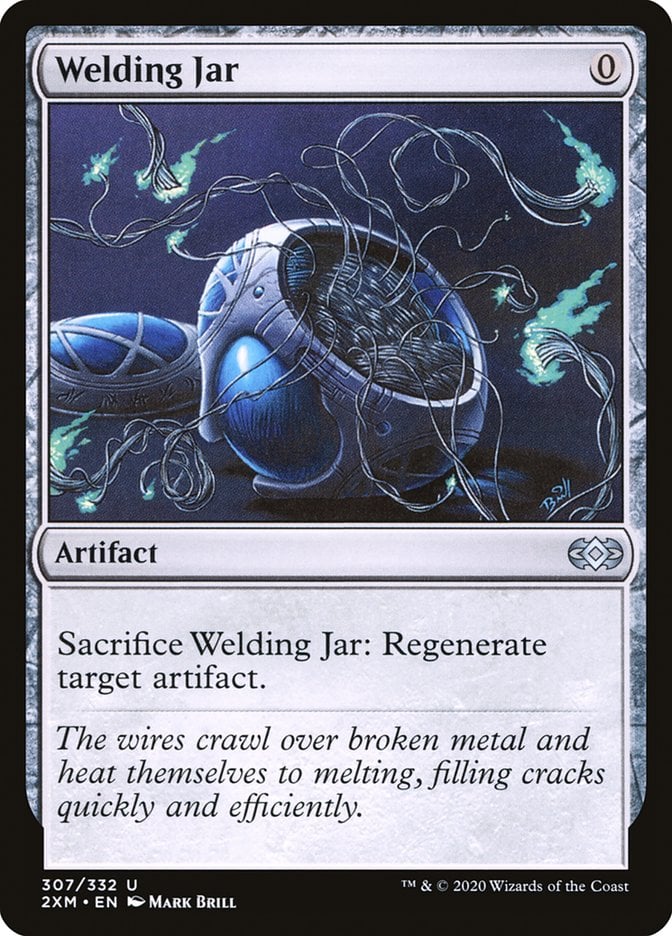
Welding Jar is often seen in Affinity decks that meet the exact requirements for playing this card: a deck with a high density of artifact creatures that wants lots of auxiliary artifacts. The best friend of cards like Patchwork Automaton and Arcbound Ravager, this has found a comfortable home in many Constructed decks.
#12. Paradise Mantle
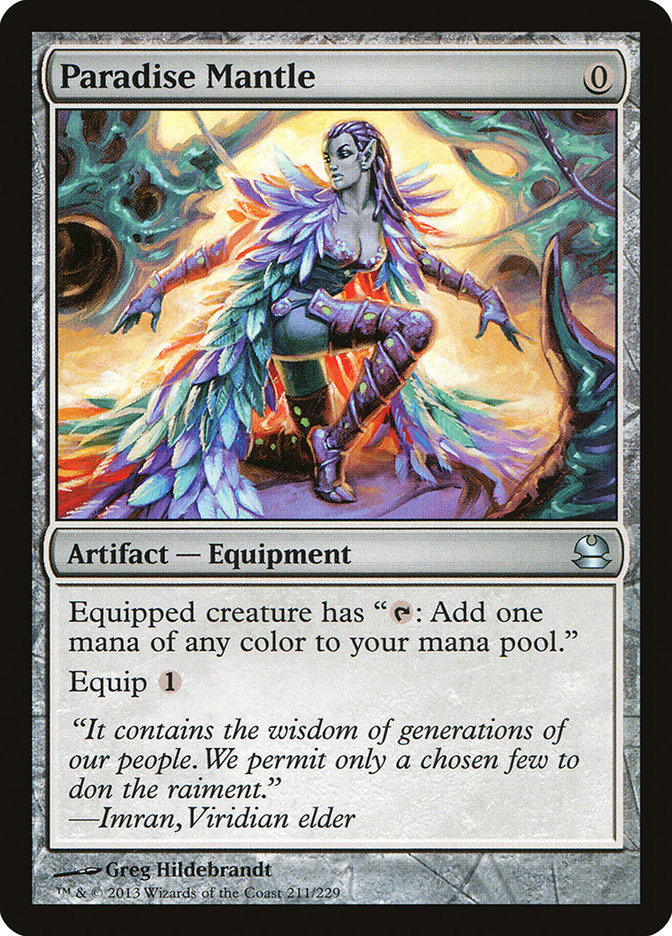
Paradise Mantle is at home in decks with an abundance of cheap creatures and a desire for mana. It can be a combo piece but it’s also a solid playable. It’s especially appealing alongside Rograkh, Son of Rohgahh and other cheap commanders.
#11. Mishra’s Bauble
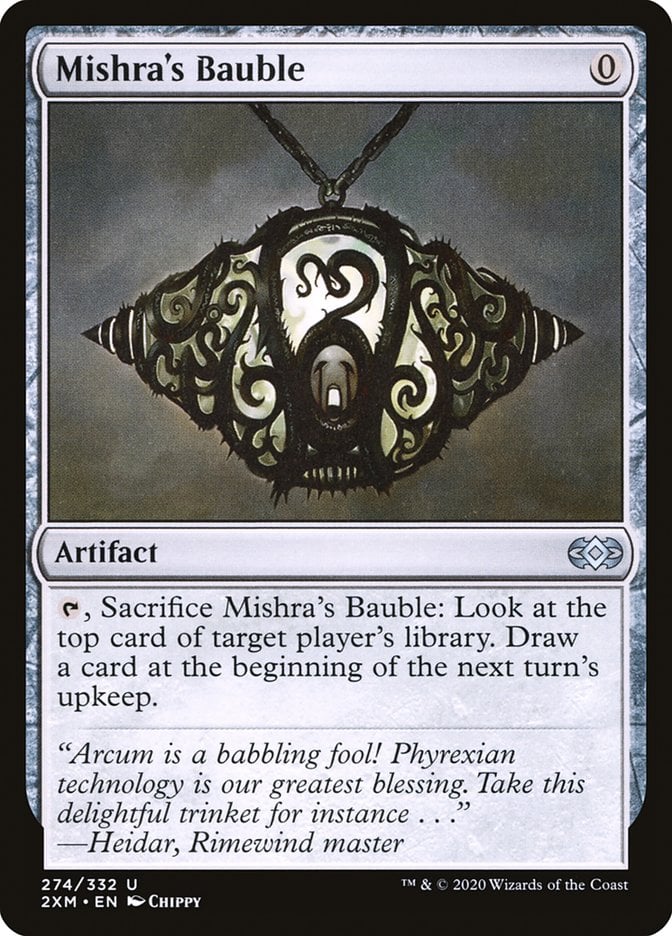
At a glance, this is on par with Urza's Bauble, but Mishra's Bauble is far stronger for one reason: There’s value in looking at the top of your deck. Practically every format in which Mishra's Bauble is relevant utilizes fetch lands heavily. The option of checking to see if your top card is worth drawing before cracking your Scalding Tarn far outweighs the potential benefit of seeing a card from your opponent’s hand.
#10. Lotus Petal
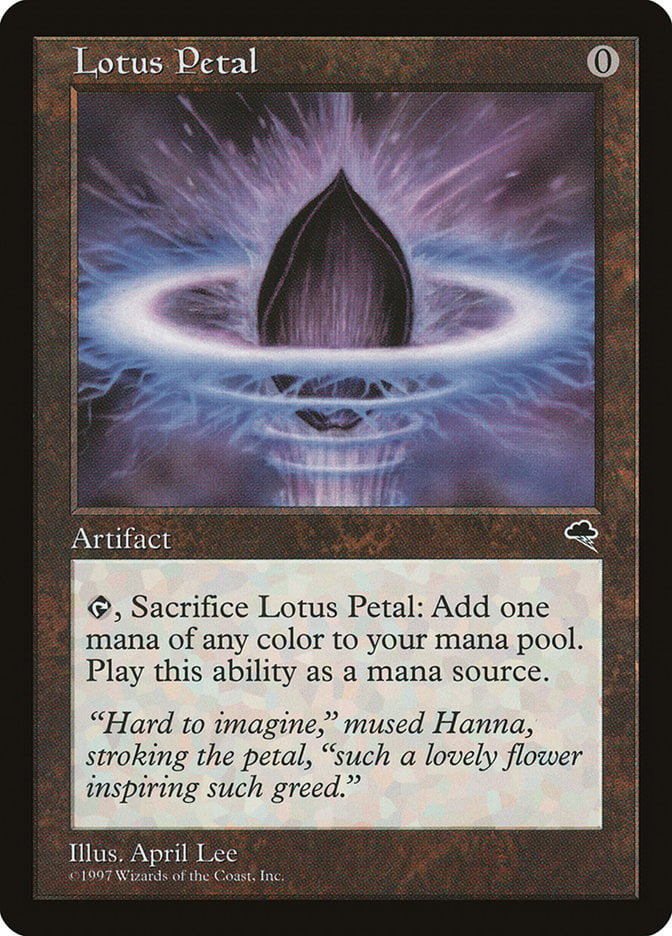
Lotus Petal is broken, but only if you’re using the mana for something even more busted. A 1-mana ritual is fantastic in Legacy decks like Sneak and Show and Reanimator where 1 mana is the difference between having a turn-1 Griselbrand or not. But going down a card for a single mana often isn’t a trade-off fair decks are interested in or should make.
#9. Jeweled Lotus
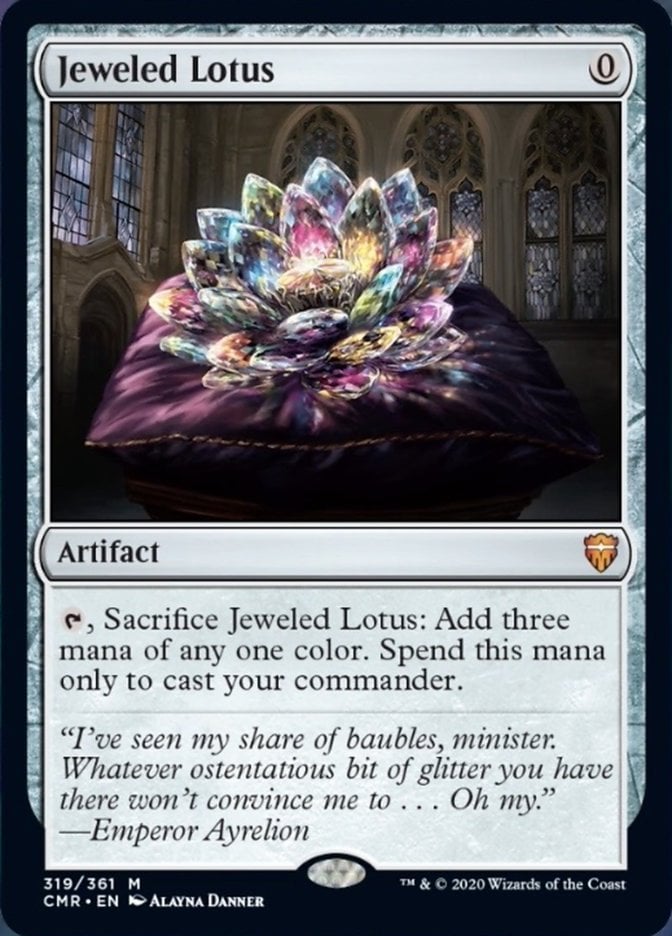
Jeweled Lotus is bound to Commander since it needs, well, commanders. It’s a highly effective tool in high-powered and cEDH decks but often represents too great a mana advantage to be fair at more casual tables. That said when played at tables where it’s appropriate, getting to play your commander on turn 1 or 2 is value that’s hard to beat.
#8. Mox Amber
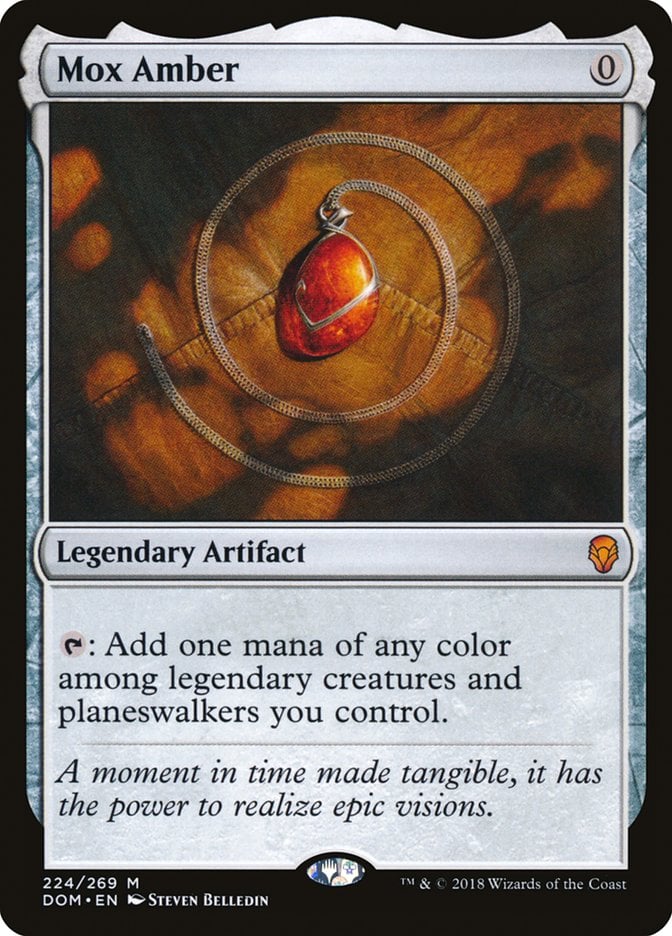
Mox Amber is a solid card that’ll only get better. One ripple effect of Wizard’s focus on Commander has been a sharp uptick in the number of legendary creatures in each MTG set. Sometimes, like with Rona, Herald of Invasion, this results directly in combo value, but each legend makes Mox Amber more appealing.
#7. Mox Opal
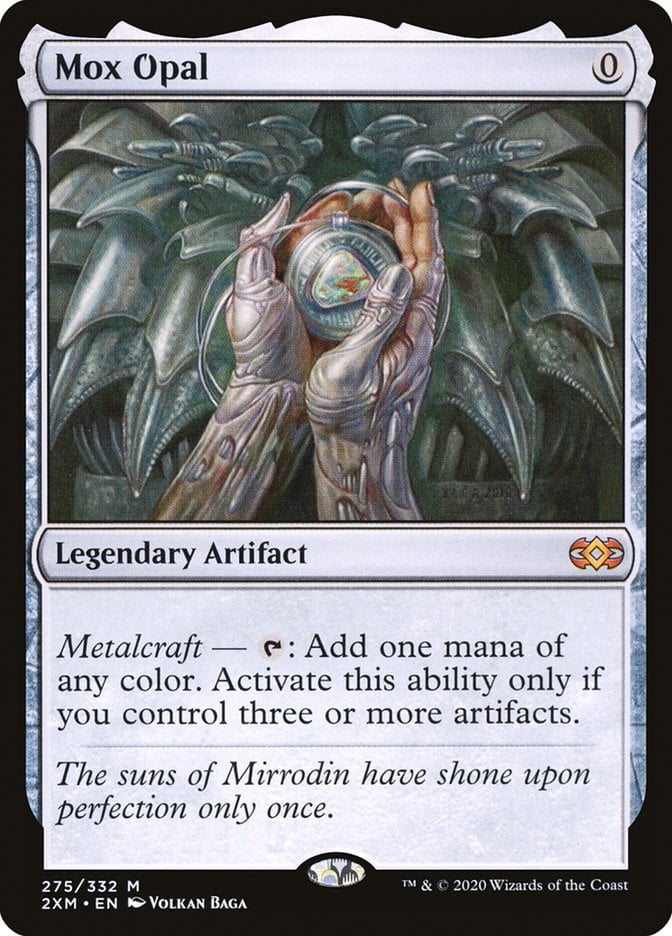
While the metalcraft clause on Mox Opal looks intimidating, it’s easy to turn on—easy enough to see the card banned in Modern. Having a deck with a high artifact density isn’t much of an ask, more of a choice. That fact that it comes with free mana fixing is icing on the cake.
#6. Mox Diamond

Mox Diamond provides lots of value to land decks, including invaluable mana fixing. Chucking a land into the graveyard is easily exploitable by cards like Wrenn and Six or Crucible of Worlds, which lands-based decks are already interested in playing.
#5. Chrome Mox
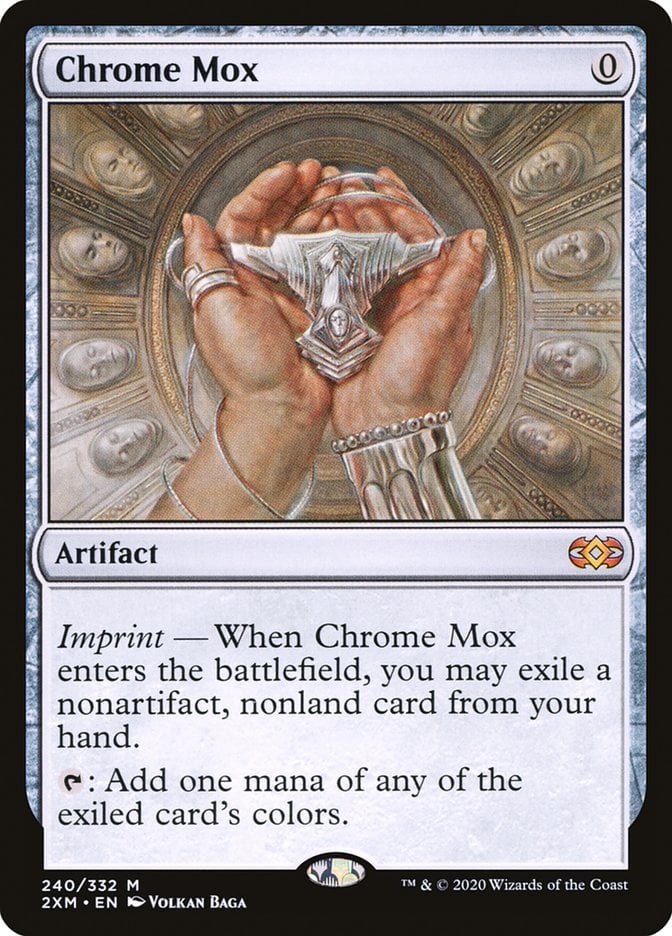
Chrome Mox consumes a resource, but it’s integral to unfair decks. In Legacy, it’s used in Stompy lists to power out busted cards like Chalice of the Void and Caves of Chaos Adventurer. Since the lost resource makes it especially vulnerable to interaction, it’s vital to use this in as busted a shell as possible.
#4. Lion’s Eye Diamond
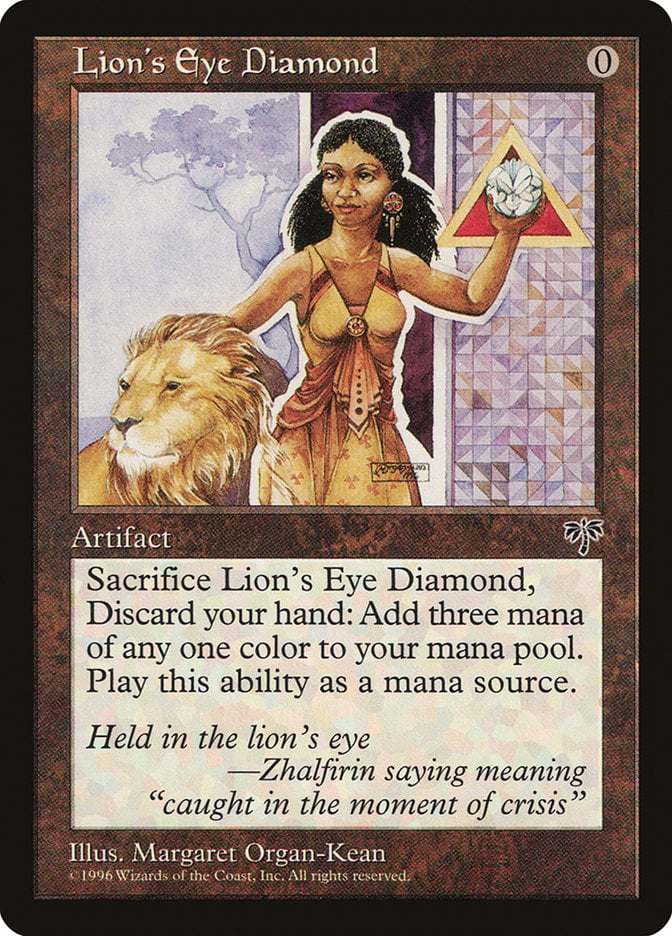
Forcing the player to discard their hand was a great attempt by the design team to balance Lion's Eye Diamond, but they still missed the mark. Commander decks often play it alongside Underworld Breach and Brain Freeze to dig out Thassa's Oracle while Legacy storm decks use the discard ability to enable Infernal Tutor.
#3. Mana Crypt

Mana Crypt is a prime example of how attaching life loss to a mana or card advantage doesn’t make it fair. Yes, there will be games you lose because you miss a few Crypt flips and take 9 damage against an aggressive deck, but those games are far outshadowed by the ones where you dominate your opponents because you started the game two turns ahead of them.
#2. OG Moxen
The original moxen—Mox Pearl, Mox Sapphire, Mox Jet, Mox Ruby, and Mox Emerald—compose the majority of the Power Nine. The value of playing a turn ahead of the curve seems underwhelming at first—isn’t this just a fancy Llanowar Elves? Kind of. Magic is all about the little edges, and getting to spend a single extra mana each turn compared to your opponent adds up quickly in fair decks, and the extra mana allows unfair decks to win with blinding speed.
#1. Black Lotus
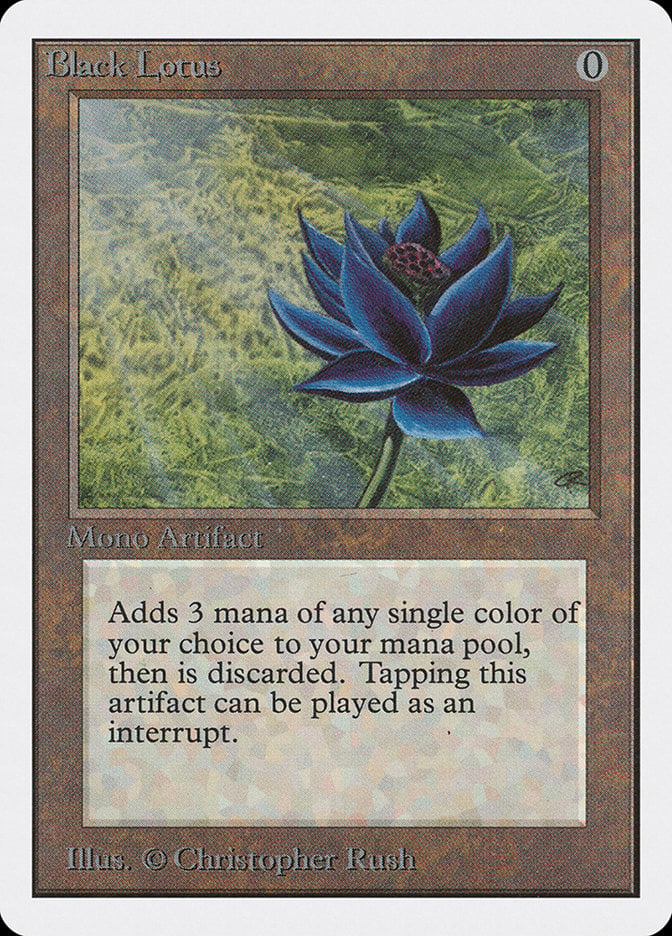
Black Lotus is arguably the best Magic card of all time and the most expensive, next to the one-of-a-kind The One Ring. It’s best with unfair cards. It does incredible work with cards that allow you to replay it, like Lurrus of the Dream-Den or Yawgmoth's Will. It’s easy to turn it into a combo piece—it wins on turn 1 with Underworld Breach and Brain Freeze, generates infinite mana with Auriok Salvagers, and so on. And even if you claimed that you’re playing it fairly… what’s fair about a turn-1 4-drop? Black Lotus deserves its space at the top of many lists ranking the strongest cards in Magic.
Best 0-Cost Artifact Payoffs
There are a few ways to pay off 0-cost artifacts, and they aren’t all unfair combos. These cards go incredibly well with spells that care about a quantity of artifacts being in play or getting cast, such as Sai, Master Thopterist, Urza, Lord High Artificer, and Vedalken Archmage.
Of course, the unfair things are much more fun. It’s fantastically simple to set up infinite loops with cards like Banishing Knack or Retraction Helix to infinitely bounce 0-cost artifacts alongside Mirran Spy or other creatures that untap themselves when you cast an artifact. This leads to many benefits, from infinite storm to infinite mana to infinite triggers of abilities like the one on Kessig Flamebreather.
Other spells that work well with these types of effects are those that let you play or tutor free spells. Urza's Saga plays well with many of these cards, of course, but Bolas's Citadel and Paradoxical Outcome love having a deck or board filled with 0-mana artifacts.
Wrap Up
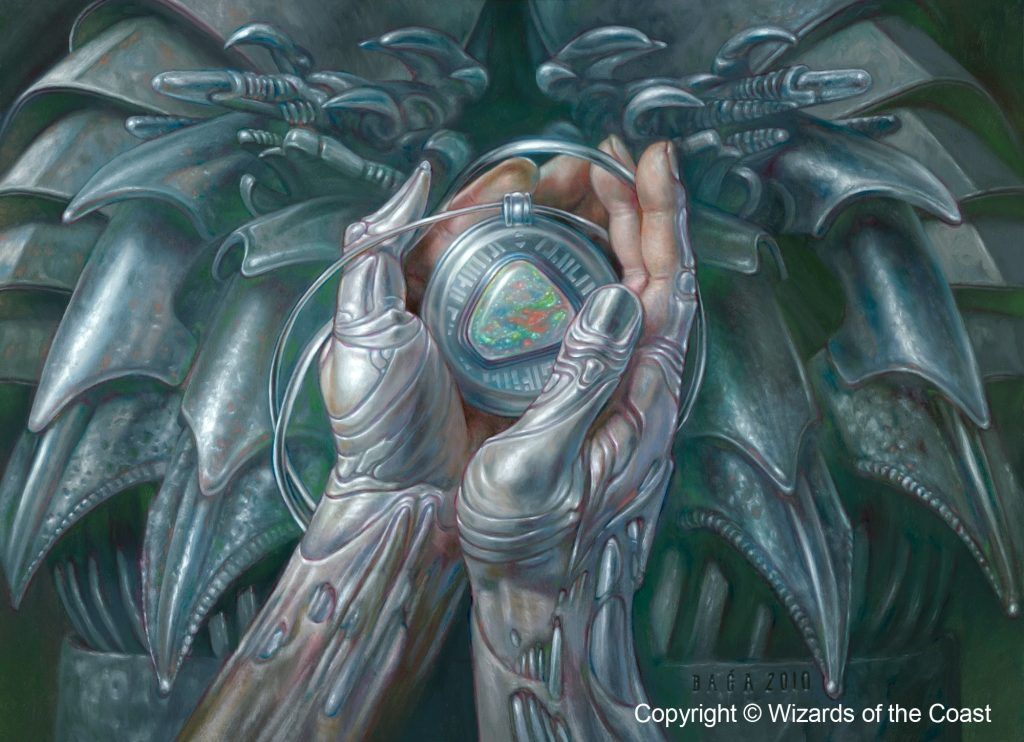
Mox Opal | Illustration by Volkan Baga
Magic’s printed quite a few 0-cost artifacts that range wildly in power level, from some of the strongest cards in the game to artifacts that arguably aren’t even cards. But there’s plenty of value within those ranges, and many of the spells have highly specific uses that can be built around.
What’s your favorite 0-cost artifact? What do you think the design for the next Mox will be? Let me know in the comments or on the Draftsim Discord!
Stay safe, and thanks for reading!
Follow Draftsim for awesome articles and set updates: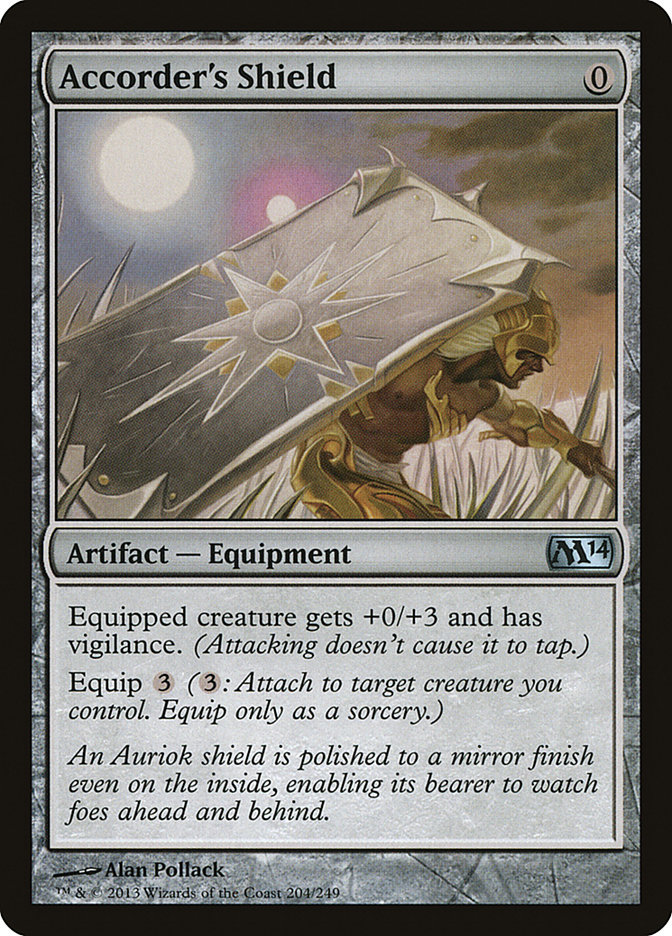
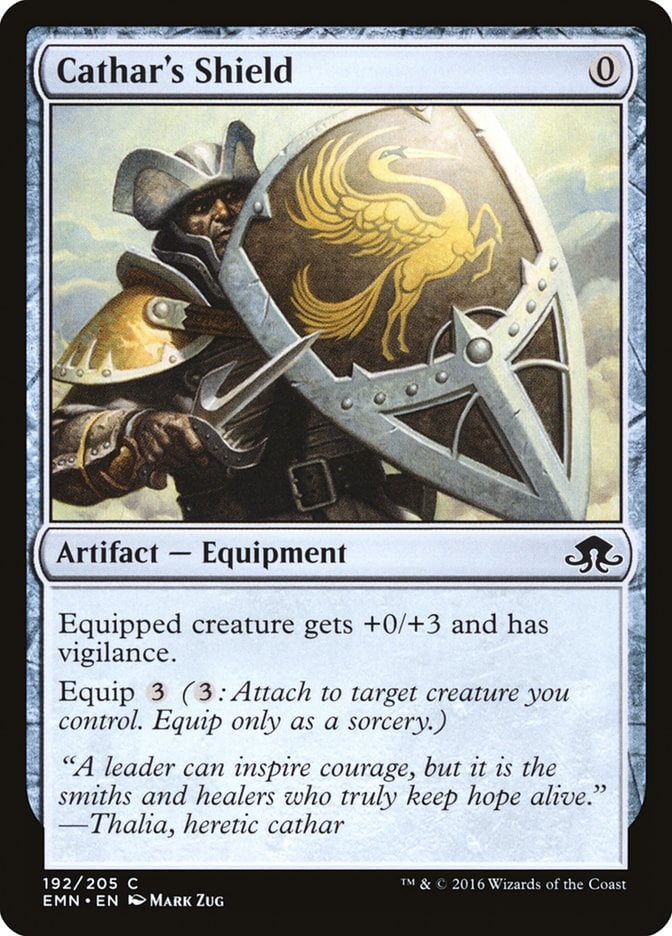
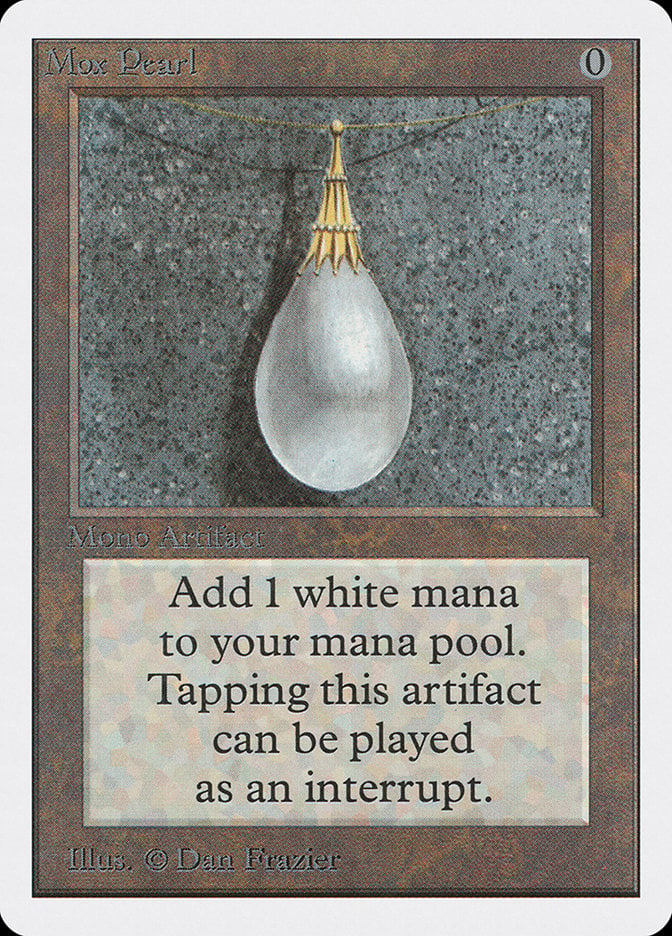


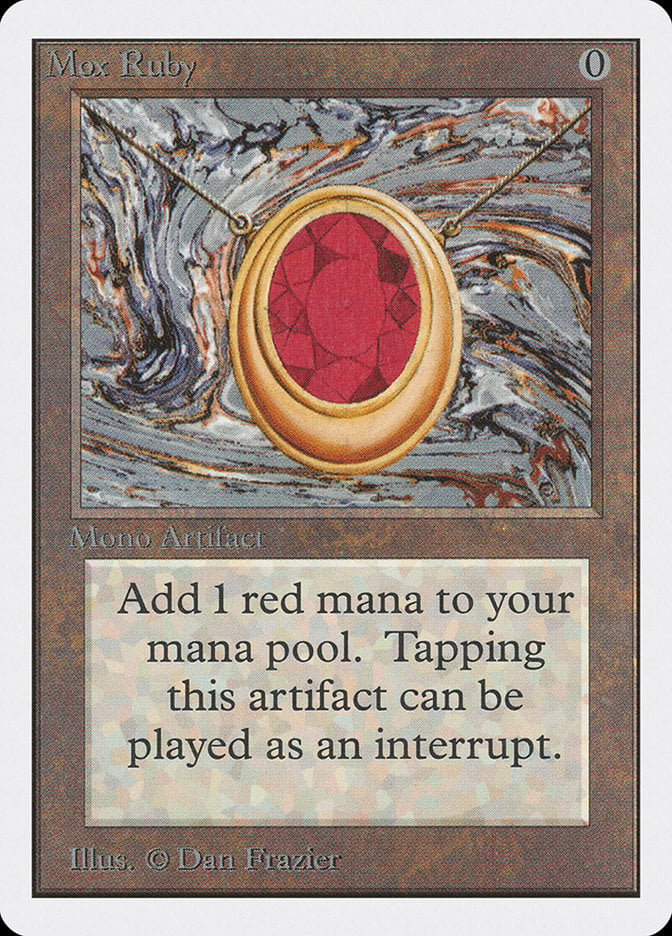
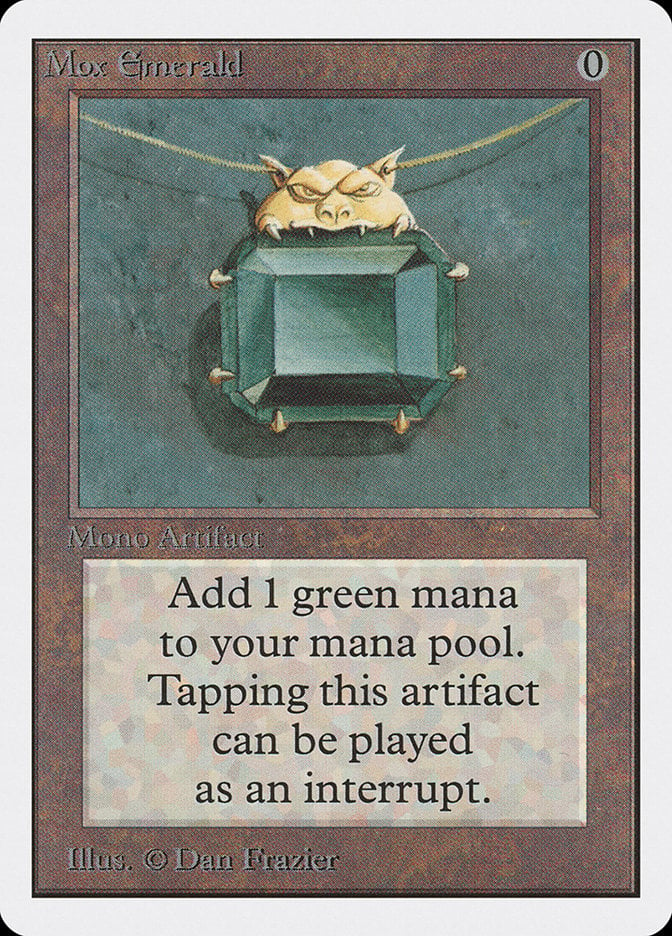
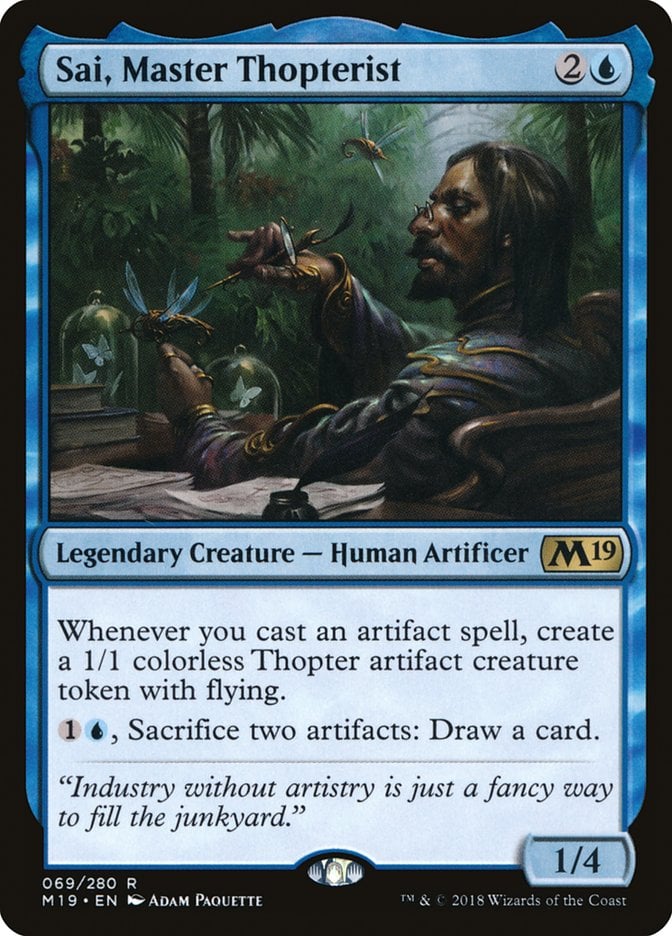
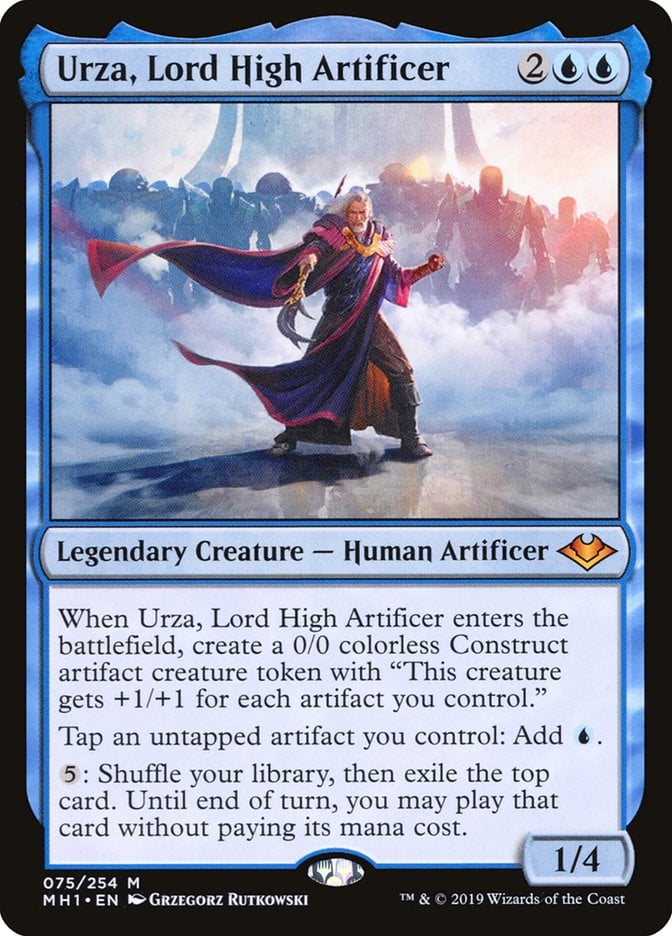
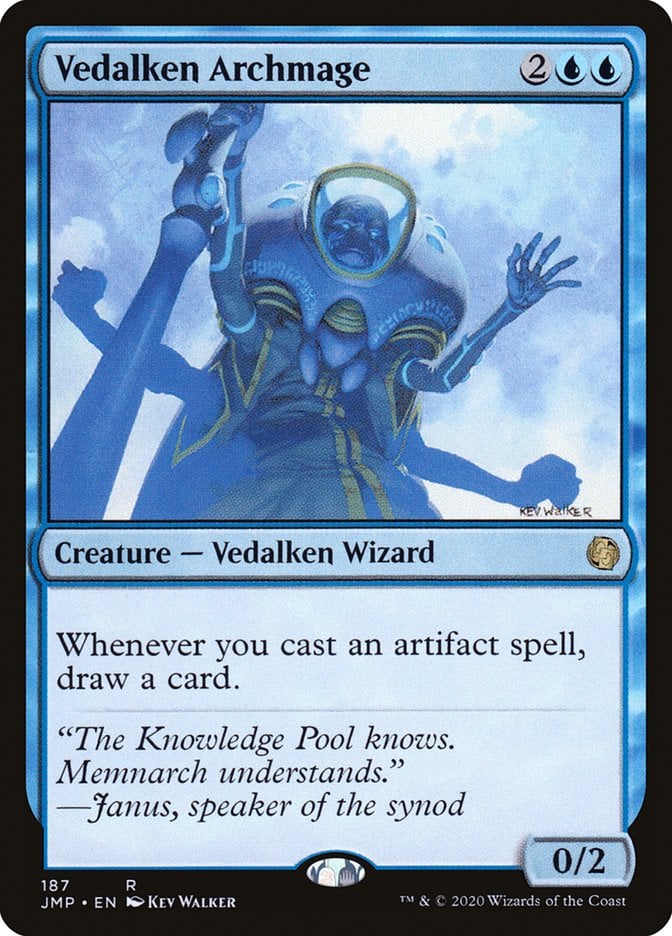
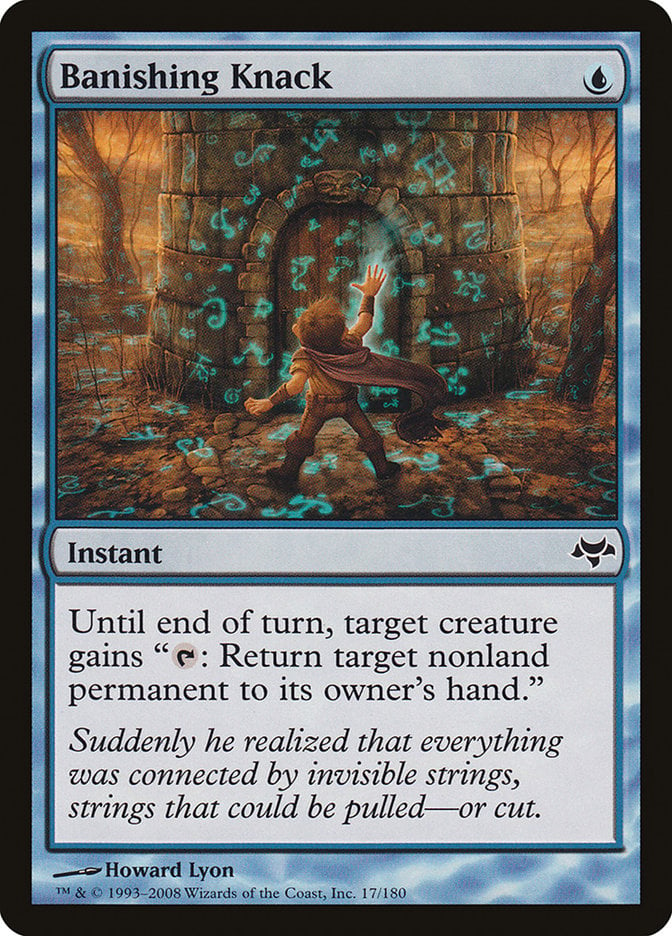
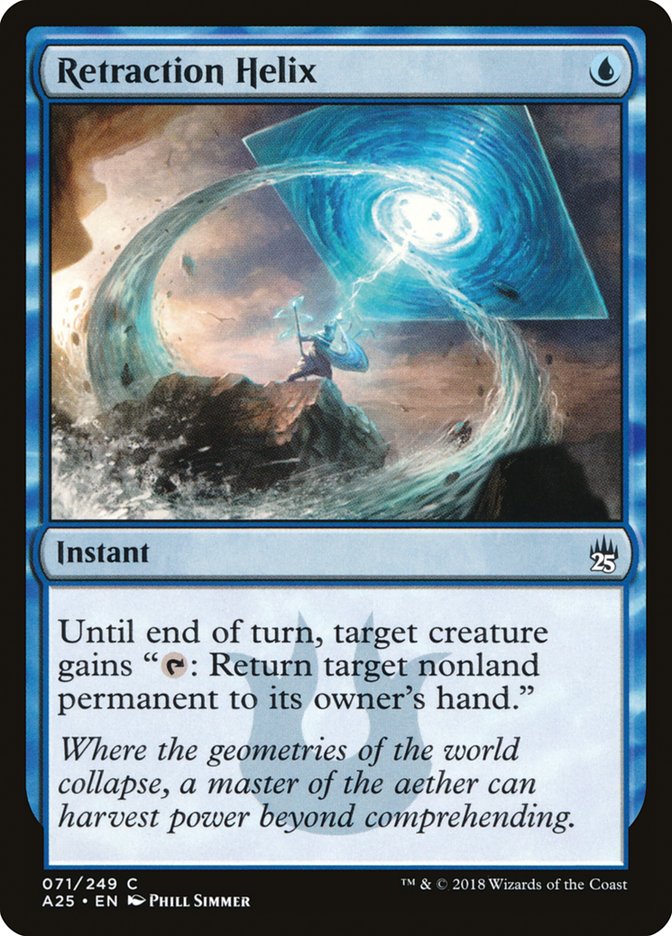
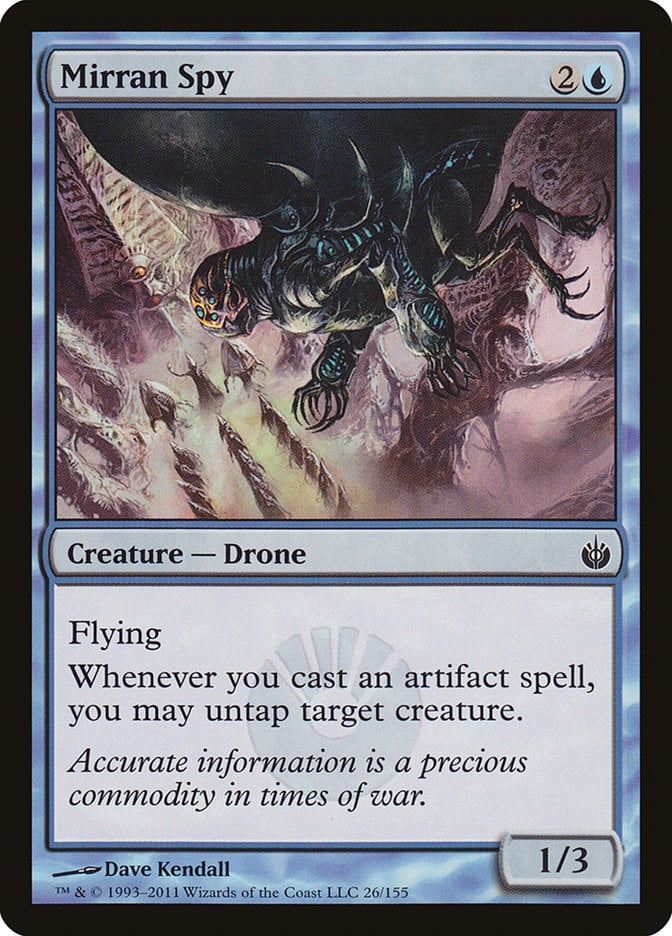
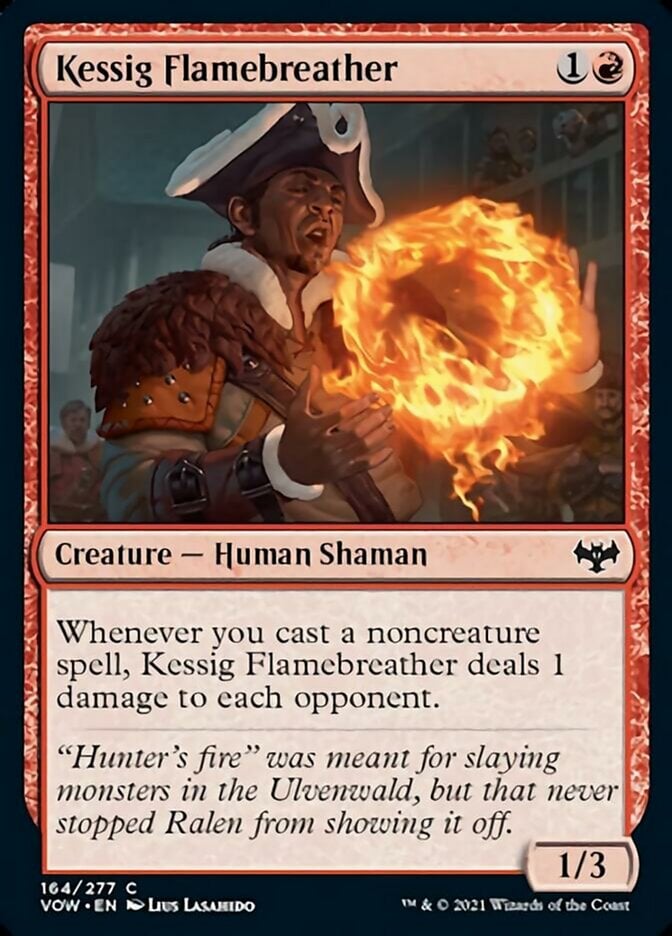
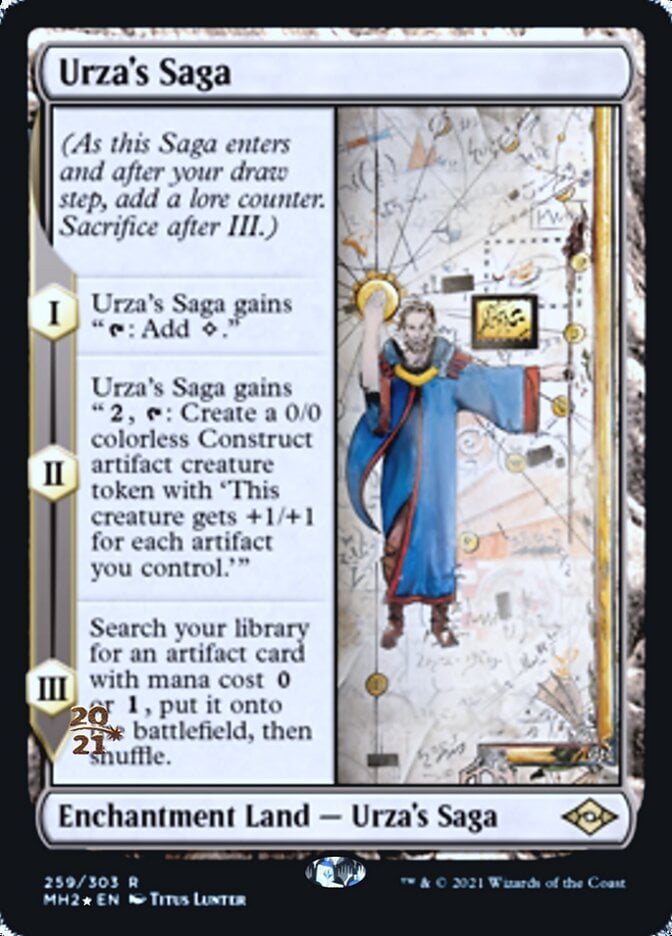
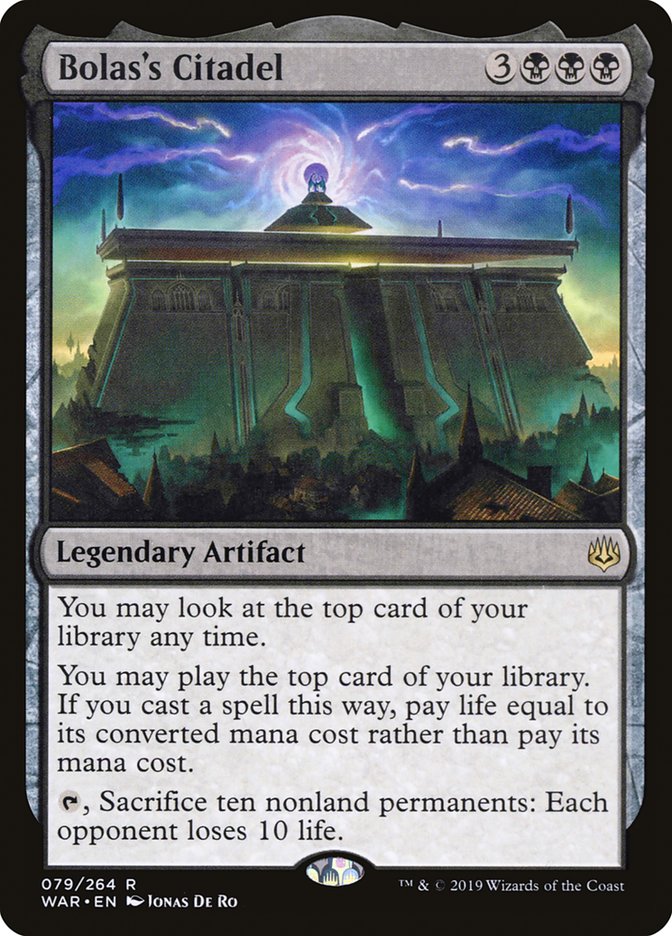



Add Comment